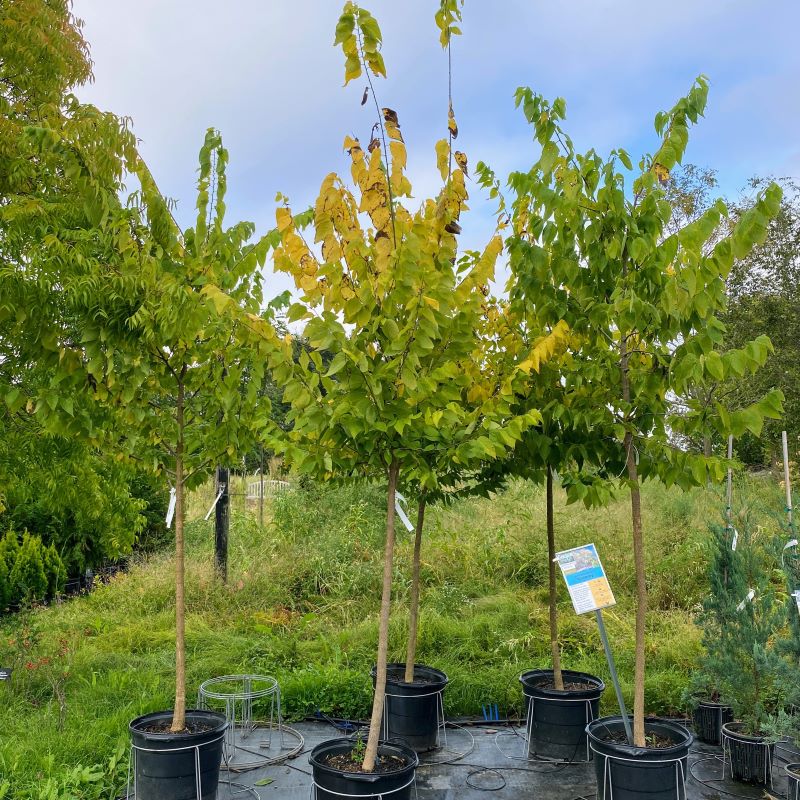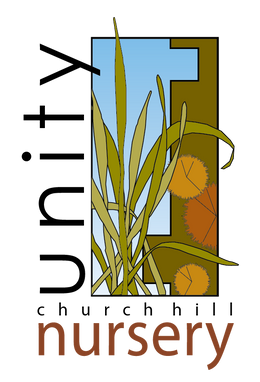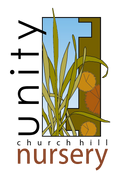
Celtis occidentalis (Hackberry) Unity Grown
- Low stock - 5 items left
- Inventory on the way
Celtis occidentalis, commonly called hackberry, is a large native tree commonly found on river banks and in wet, low-lying floodplain areas across large portions of the United States and Canada. When provided with enough space, a mature hackberry grows to 50-70' tall and wide, and trees are noted for their unique bark, with young trees producing clumpy warts that mature to corky ridges as trees age, as well as their edible fruits. In the spring months, insignificant flowers are produced along hackberry's branches, which turn to purplish berry-like fruits in the warmer summer months, and persist through the early fall. Though their common name might make them sound distasteful, hackberries are a favorite of birds and small mammals, and this wildlife interest helps to disperse their seeds. In addition to their use as an animal food source, Celtis occidentalis berries are edible for people too, with some describing the small, sweet, cherry-like fruits as tasting like dates or butternut squash.
Celtis occidentalis is adaptable to a wide range of to soil conditions and trees tolerate heat, drought, and salt, once established, making Celtis occidentalis a great choice for lawns on large properties, for park plantings, and for naturalization in woodland gardens or in parks. Though pollinated by wind, hackberry trees act as an important host to several varieties of butterfly and moth, which also serves to attract more birds to the backyard. An important tree for birds and wildlife, and a unique addition to any large landscape, hackberry is a beautiful tree with a lot of versatility, and its soft yellow fall color means additional seasonal interest when used as a specimen planting.


